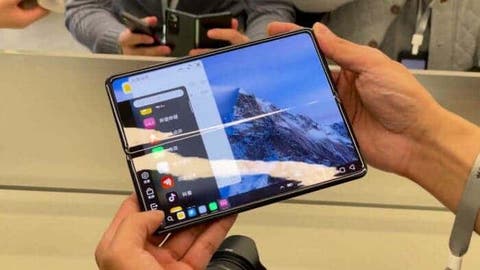A few days ago, Xiaomi officially released its second-generation foldable smartphone, Xiaomi MIX Fold 2. This device comes with an 8,999 yuan ($1335) starting price. The starting price of the MIX Fold 2 is cheaper than the starting price of the original Xiaomi Mi MIX Fold, 9999 yuan ($1483). However, with the arrival of the Xiaomi MIX Fold 2, the MIX Fold got a huge price cut. This Xiaomi Mi MIX Fold is now selling for 6999 yuan ($1038) which is a 3000 yuan ($445) price cut. Interestingly, the Xiaomi 12S Ultra also sells for 6999 yuan ($1038). Thus, Xiaomi is selling a foldable smartphone for the price of a regular flagship smartphone.
Xiaomi Mi MIX Fold specifications
In terms of core configuration, Xiaomi Mi MIX Fold uses an 8.01-inch full screen. When the device folds, the screen size reduces to 6.52 inches. This smartphone comes with the Qualcomm Snapdragon 888 flagship processor. Under the hood, it also has a 5020 mAh battery that supports 67W super fast charging.
Although the hardware specifications of the Xiaomi Mi MIX Fold are not as advanced as the second generation, the software experience is almost the same as that of the Xiaomi MIX Fold 2. Both foldable smartphones come with the MIUI system optimized for folding screens.
The Xiaomi Mi MIX Fold comes with optimized displays for both tablet and smartphone modes. The external display automatically adjusts to tablet mode for good display. The system APP adapts to the large screen, the PC mode is available on the MIX Fold. The desktop layout, browser, game centre, etc. have been optimized. More importantly, the third-party APP is compatible with more than 4,000 models, and the MIUI+ function is also added. You can also experience multi-screen collaboration on the MIX Fold.
In addition, the MIX Fold generation is remarkable in the camera department. This is the first smartphone to use a liquid lens with bionic new technology, which is like a “human eye lens” on a mobile phone. The flowable liquid is wrapped in a film to replace the traditional optical lens, realizing the change of focal length and focus. In this way, one lens can achieve both telephoto and macro functions at the same time.
